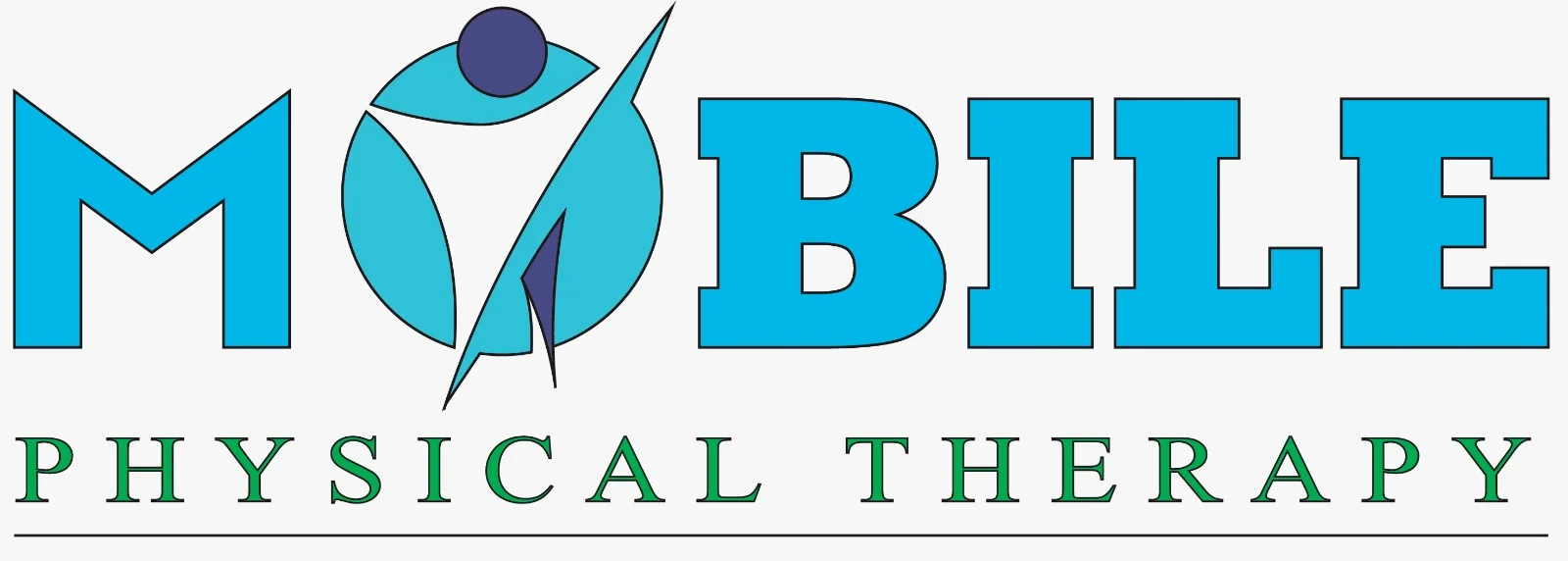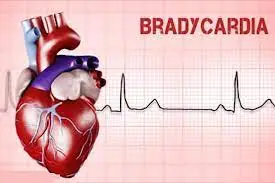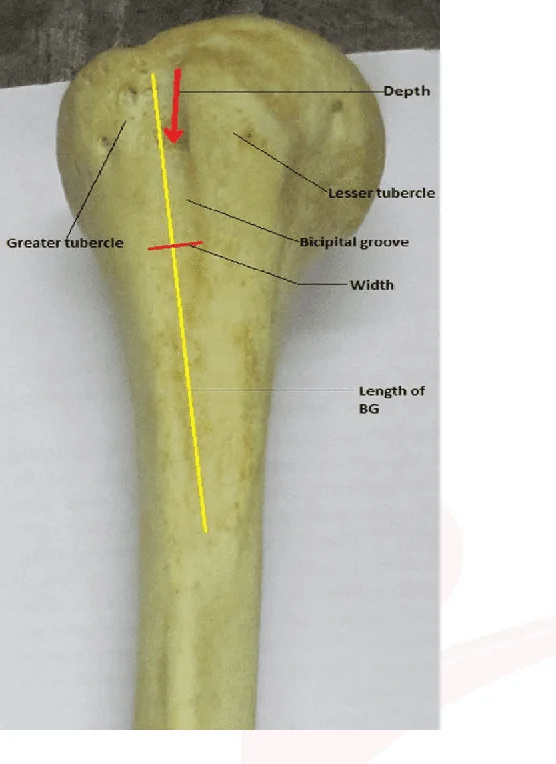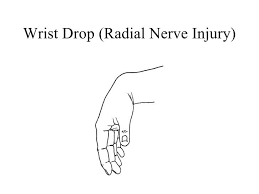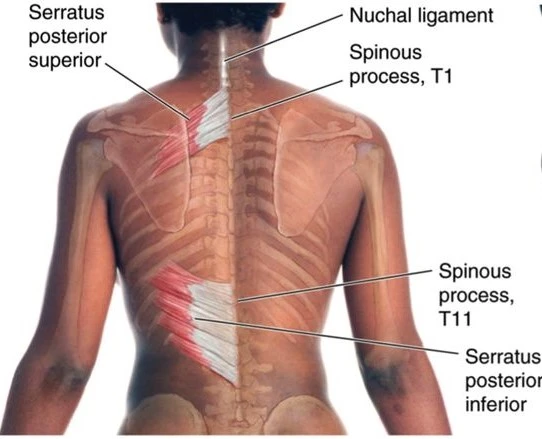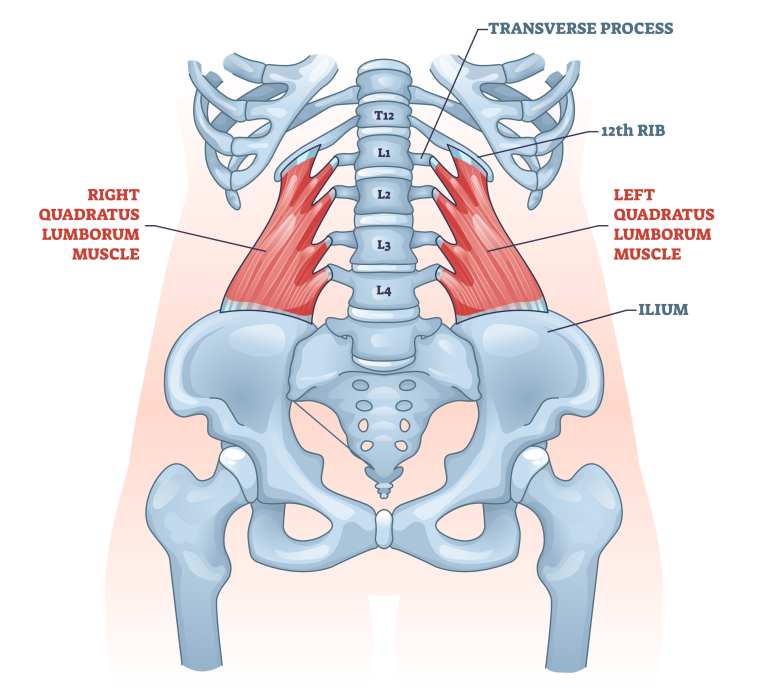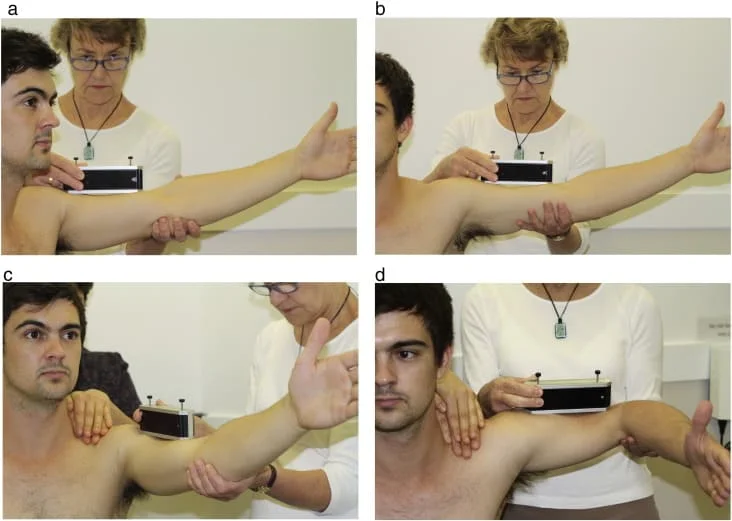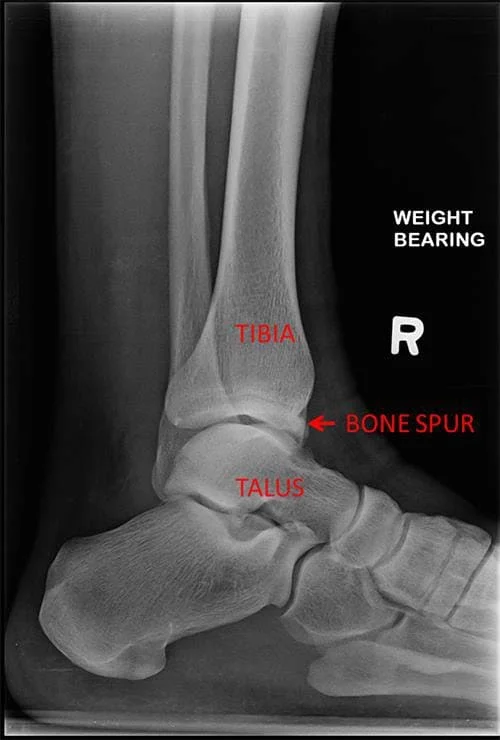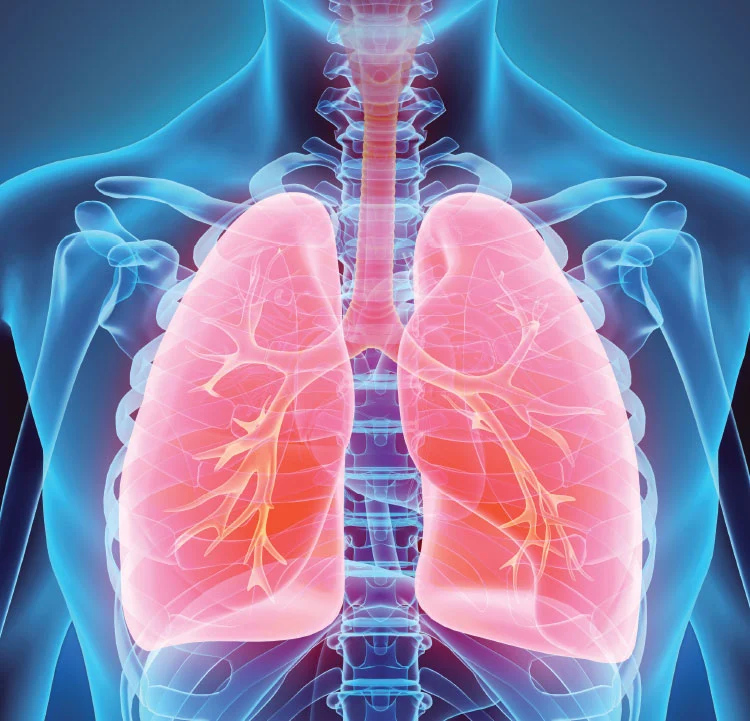Bradycardia
What is Bradycardia? Bradycardia is described as a heart rate (HR) lower than 50–60 bpm, & it’s marked as a regular phenomenon in young, athletic individuals, as well as in patients as a position of genuine aging or because of particular illnesses. Research indicates the presence of a circadian cycle in HR, with the fastest…
